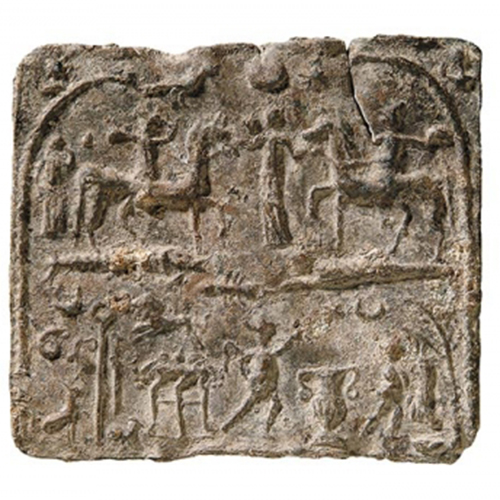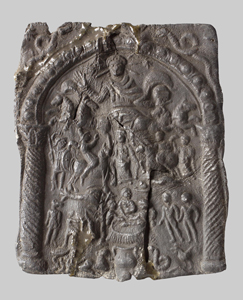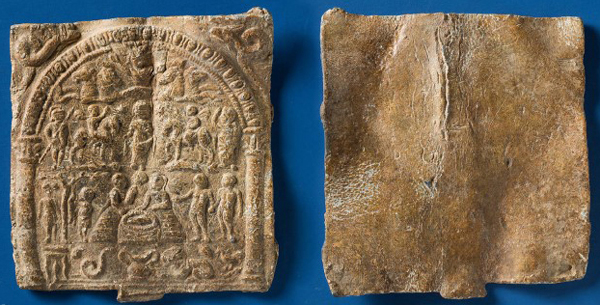ASPECTS OF THE CULT OF THE SO-CALLED DANUBIAN RIDERS IN THE ROMAN PROVINCES

Directors of the project:
Dr Nadežda Gavrilović Vitas, Institute of Archaeology Belgrade
Dr Gabrielle Kremer, Austrian Archaeological Institute, Austrian Academy of Sciences (OEAW)
Co-operation:
Dr Jelena Anđelković Grašar, Institute of Archaeology Belgrade
Dr Andreas Pulz
Dr Petra Aigner
Peter Ruggendorfer
Antiquities Collection, Kunsthistorisches Museum Vienna
Eduard Pollhammer (Lower Austria State Collections, Head of Roman Archaeology)
Duration
2021 –
Representations of horsemen in Antiquity are known in different contexts, such as profane, sacred or funerary. The iconography and symbolism of equestrian performances imply a tradition of local beliefs and ritual practices that differ from area to area, but also in a chronological sense.

The cult of the Danubian Riders represents a kind of religious syncretistic phenomenon known primarily in the territory of the Roman Danube provinces from the 2nd to the 4th century AD. For a long time it was believed that this cult interpreted the mythology of indigenous pre-Roman deities, which would be confirmed by the iconography of the cult represented on smaller votive icons that could be easily transferred from one place to another, especially by soldiers and merchants who, due to their profession, were mobile. The so-far known finds of the cult of the Danubian Riders come from the area of Sirmium, Viminacium and Sucidava, i.e., the borders of Moesia Superior, Dacia and Moesia Inferior. Given that monuments of the Danubian Riders are anepigraphic, the iconography presented on votive icons is the only guide to understanding the theology and ritual practices of the cult. It is precisely based on various iconographic details on the representations of the Danubian Riders known from the iconography of other cults, such as the cult of the god Mithras or Domnus and Domna, that the similarity with the aforementioned cults can be observed.
The aim of the international project “Aspects of the cult of the so-called Danubian Riders in the Roman provinces” is to document, analyse and interpret cult finds of the Danubian Riders from the territory of today’s republics of Serbia and Austria. The project will also include the creation of a database of cult finds known so far, as well as a monograph and an exhibition (or exhibitions) about them.




